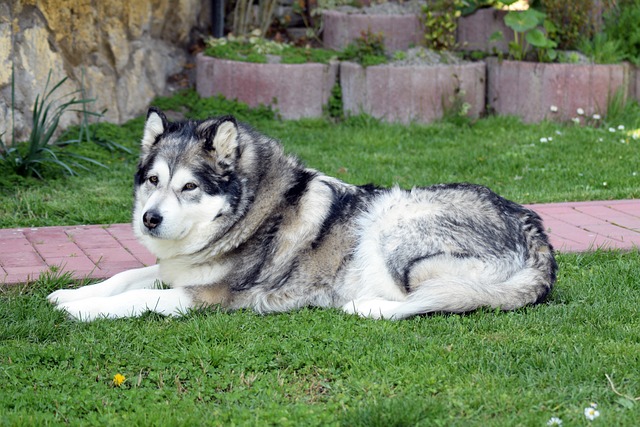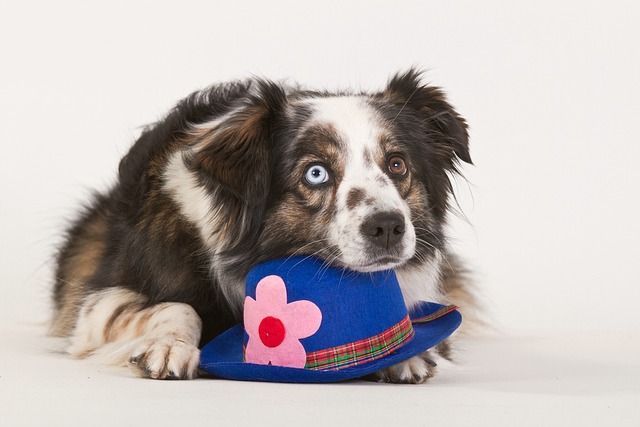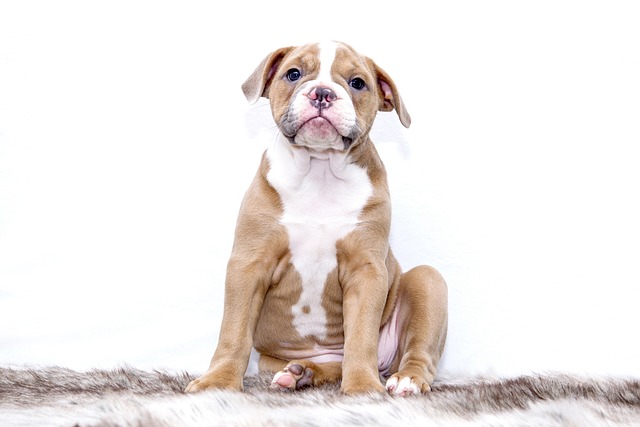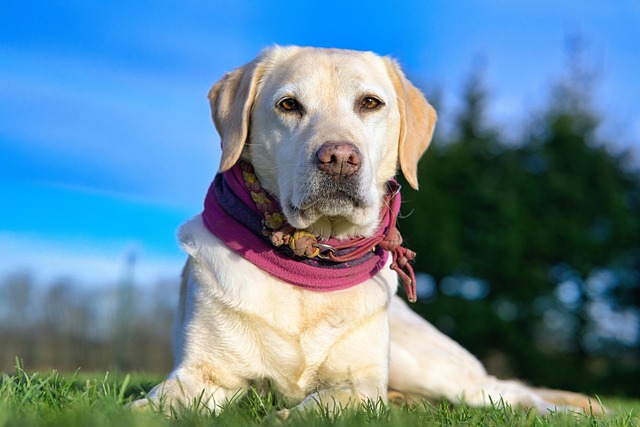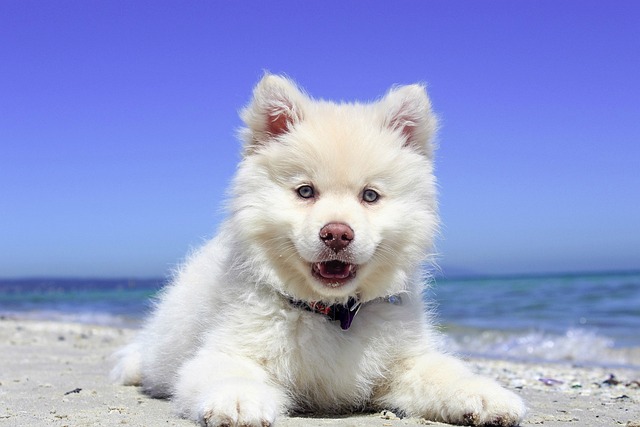Watching your rescue pup flatten himself against your legs when neighbors greet you outside your Brooklyn brownstone—or worse, growl at a friendly Lab in Seattle’s Magnuson Park—leaves many owners desperate for solutions. The good news? You can teach your dog social confidence, but forget visions of canine cocktail parties. True progress lies in building calm neutrality, not forcing friendships. It’s about rewiring fear into relaxed indifference through positive exposure methods, not overwhelming them with terrifying encounters.
Start by understanding the science behind fear. When your dog lunges at skateboards in Portland, their amygdala—the brain’s alarm system—screams "Danger!" Flooding them with close encounters backfires. Instead, become a calm strategist. Sit 50 feet from a quiet bike path, scattering chicken bits as wheels pass. If they tense, increase distance immediately. This gradual counter-conditioning teaches "skateboards predict chicken rain!" Never force interactions; let them observe playground chaos from your parked car while licking peanut butter off a mat. Calm observation counts as victory.

Urban living demands creative adaptations. Apartment dwellers can host subtle "positive drive-bys": ask a trusted neighbor to drop treats without eye contact near elevators. Play audio of city sirens at whisper volume during mealtimes to desensitize sound triggers. Master "look at that" games: reward brief, relaxed glances at joggers before reactivity ignites. For dog-to-dog skills, skip chaotic parks. Arrange parallel walks with a calm canine buddy across a wide street, praising loose leash manners. Always honor your dog’s "exit strategy"—retreating when overwhelmed prevents setbacks.
Now, the non-negotiable city dog compliance realities. Socializing unvaccinated dogs risks deadly parvo outbreaks—ensure rabies and distemper shots are current, as federally mandated. Leash laws strictly apply during training; even fear-based lunges risk $500 fines in NYC parks. Scoop religiously—Boston slaps $300 tickets for missed cleanups even if your dog stress-diarrheas mid-session. Muzzle train using hot dog smears for safer vet visits; it signals responsible ownership, not aggression. A quick heads-up to café patrons during patio practice—"Training Luna, thanks for giving space!"—builds community goodwill.
Remember: Success isn’t a playful pup. It’s a dog who ignores bikes, tolerates polite strangers, and walks serenely past poodles. That calm coexistence? That’s urban gold.
